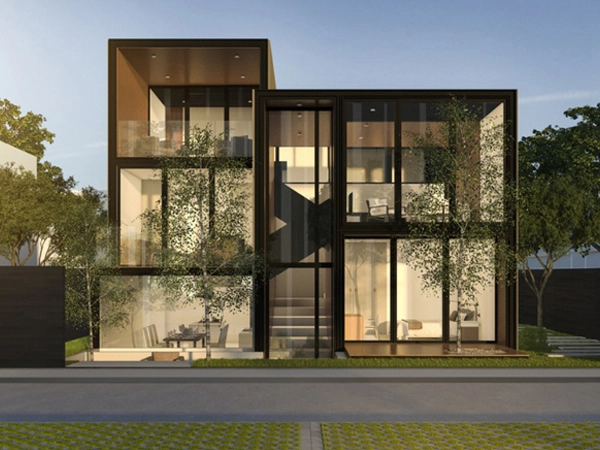

Residence glass refers to the various types of glass used in residential buildings for windows, doors, skylights, and other architectural features. The choice of glass in a residence can significantly impact energy efficiency, security, aesthetics, and comfort. Over the years, innovations in glass technology have led to the development of advanced glass options designed to meet diverse needs.
Residence glass serves multiple critical functions in modern homes, blending practicality with aesthetic appeal. Its role has evolved significantly with advancements in technology, allowing it to meet a wide range of needs from energy efficiency to safety.
Residential glass plays a crucial role in the aesthetics, energy efficiency, safety, and comfort of homes. The types of glass used in residences vary widely, depending on their intended purpose, location, and the specific needs of the homeowners.
Float glass is a basic, flat glass created by floating molten glass on a bed of molten metal, typically tin. This process results in a smooth and uniform surface. Float glass is often used as the starting point for creating other types of glass, such as tempered or laminated glass, through further processing.
Also known as toughened glass, tempered glass is processed by controlled thermal or chemical treatments to increase its strength compared to normal glass. When broken, it shatters into small, granular chunks instead of jagged shards, making it safer for use in windows, doors, and shower enclosures.
Laminated glass consists of two or more glass sheets with an interlayer, usually made of polyvinyl butyral (PVB), sandwiched between them. This interlayer holds the glass together if it’s shattered, offering enhanced safety and security. It’s commonly used in areas prone to storms, as well as in skylights and automotive windshields.